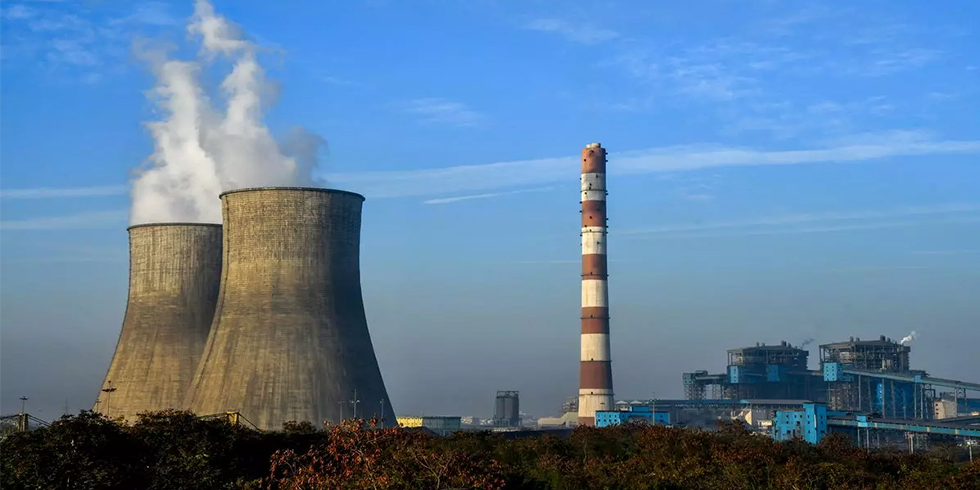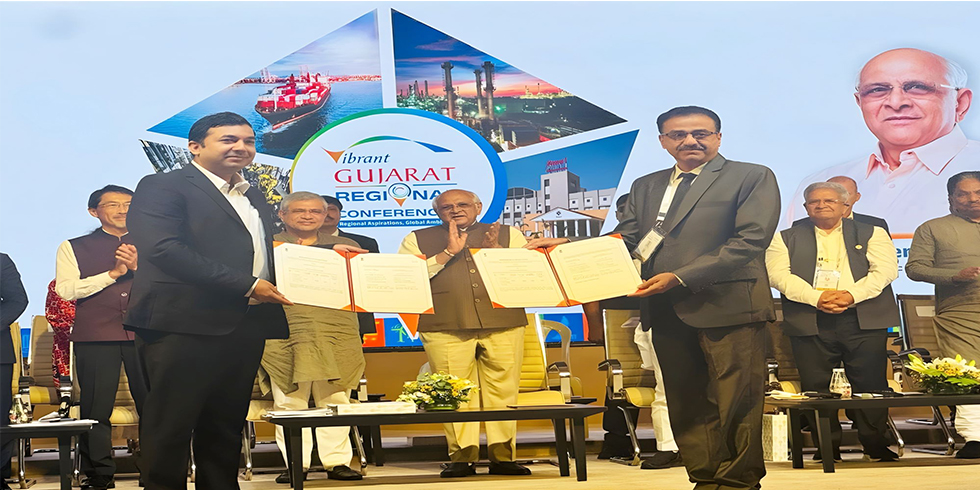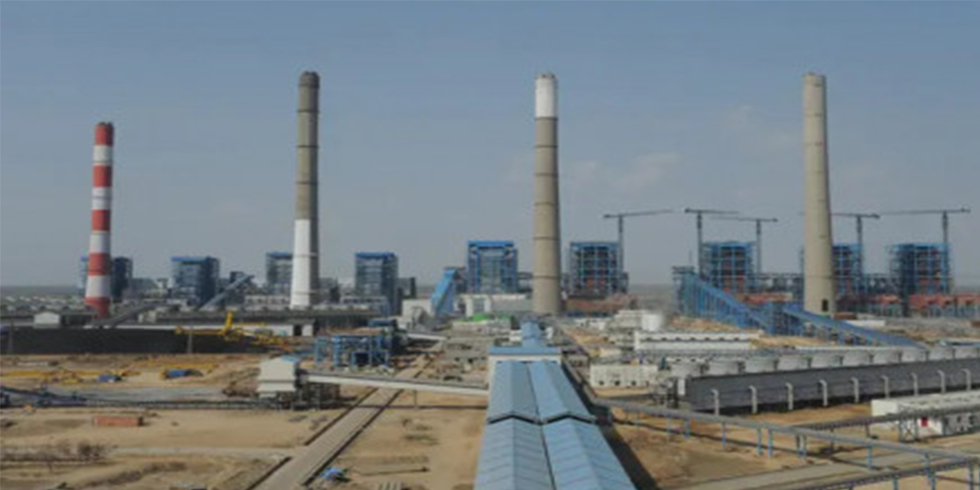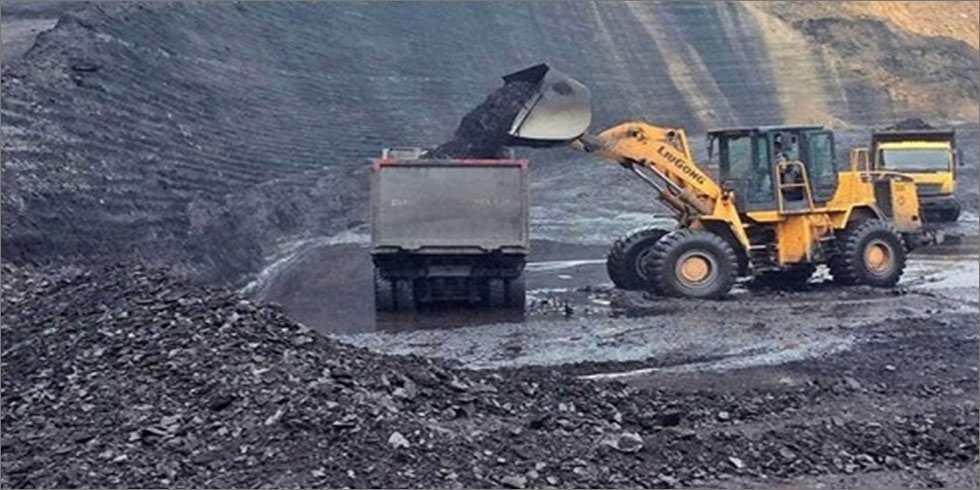The commissioning of about 7 GW and 11 GW of under-construction thermal capacity in FY25 and FY26, respectively, is anticipated to accelerate thermal capacity additions, according to India Ratings and Research (Ind-Ra).
During FY25 and FY26, the rating agency anticipates that thermal power plants' (TPPs') plant load factor, or capacity utilization, will stay stable at about 70% due to the TPPs' sustained increased thermal power contribution.
"This will be attributed to an increase in domestic coal production, a continued reliance on coal-based generation, and a continued growth in power demand of 5.5-6 percent year over year (8M FY25: 4.5 percent; FY24: 7.4 percent," it added.
According to Ind-Ra's Associate Director (Corporate Ratings), Bhanu Patni, the agency's continuous reliance on coal-based production is the main driver of the thermal plant load factors' continued health. Increased capacity additions, driven by renewables, are anticipated to improve the power supply situation.
With capacity expansions driving a better power supply position, the agency projects average merchant market prices to stay at ₹4.5–5 per unit during FY25–FY26.
Due to increased supply and a reduction in power demand brought on by the year's abundant rainfall, the weighted exchange rates in 8M FY25 decreased to Rs 4.35 per unit.
According to Patni, the yearly increase of renewable capacity is anticipated to reach approximately 30 GW over FY25–FY26 because of lower equipment costs, the elimination of interstate transmission system fees, ongoing policy support, liquidity availability, and well-established corporate expansion plans.
"But the development of hybrid and energy storage capacities and a corresponding increase in evacuation infrastructure will continue to be critical to the energy transition towards renewables," Bhanu Patni noted.
Domestic module manufacturing currently has a capacity of about 67 GW, and over the next two years, it is expected to reach 115 GW. The industry should benefit from the increased emphasis on backward integration of cell production capabilities in the value chain.
Domestic content requirements for renewables are rising via the CPSU plan, PM Kusum program, and solar rooftop schemes.
To increase production capacity, the government is also considering introducing an Approved List of Models and Manufacturers for solar cells, including modules.
Over the next three years, Ind-Ra anticipates adding about 4 GW of nuclear and hydro capacity in addition to renewables.











Add Comment